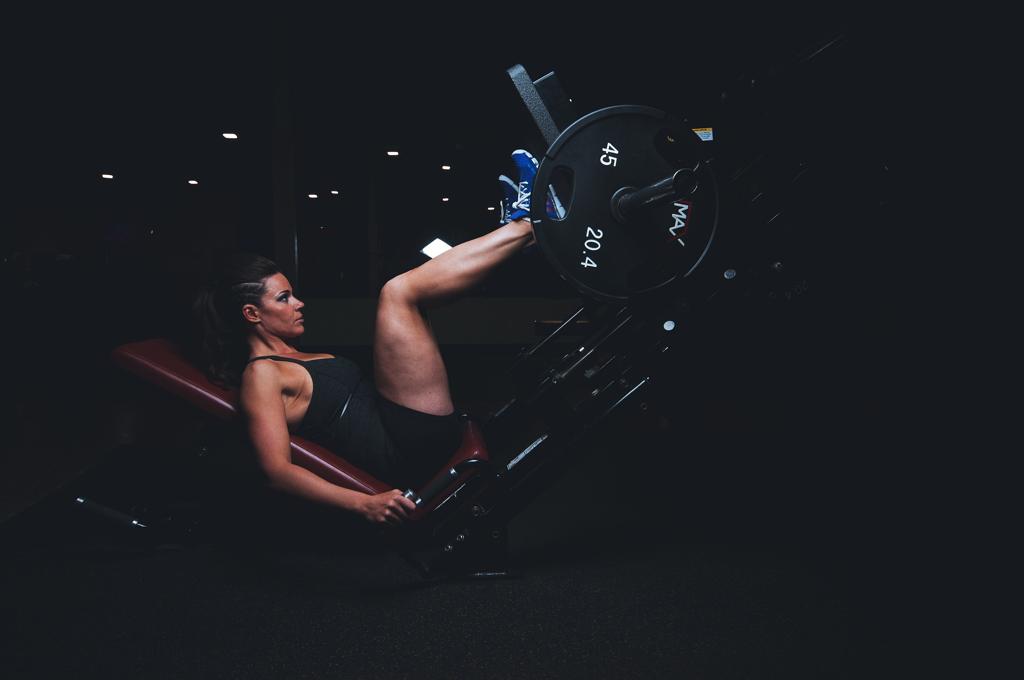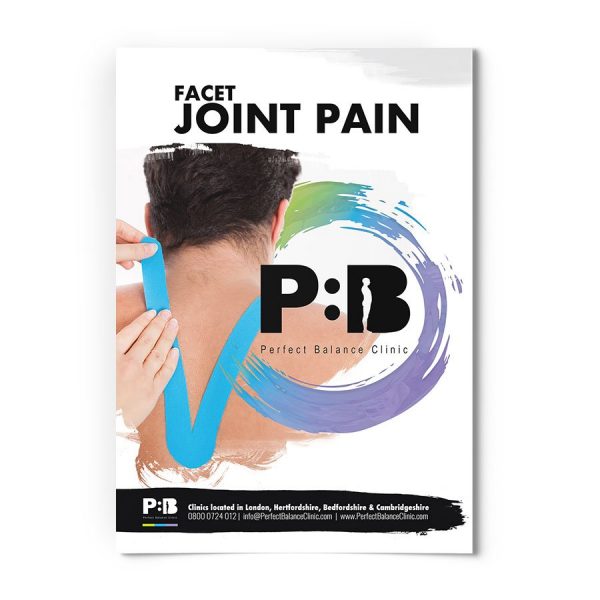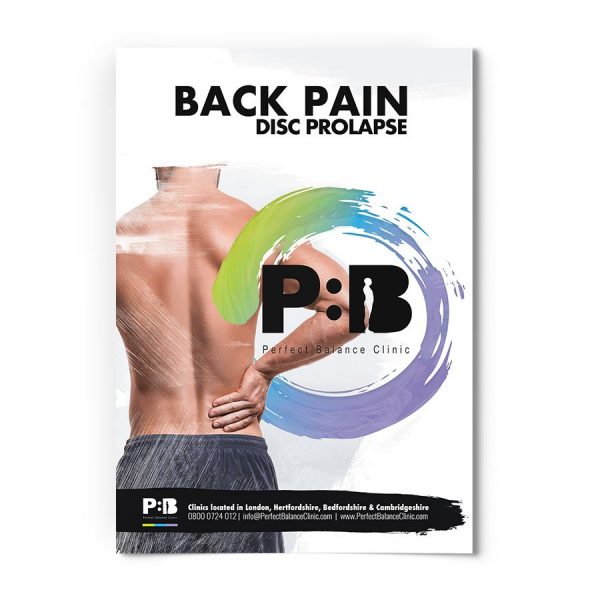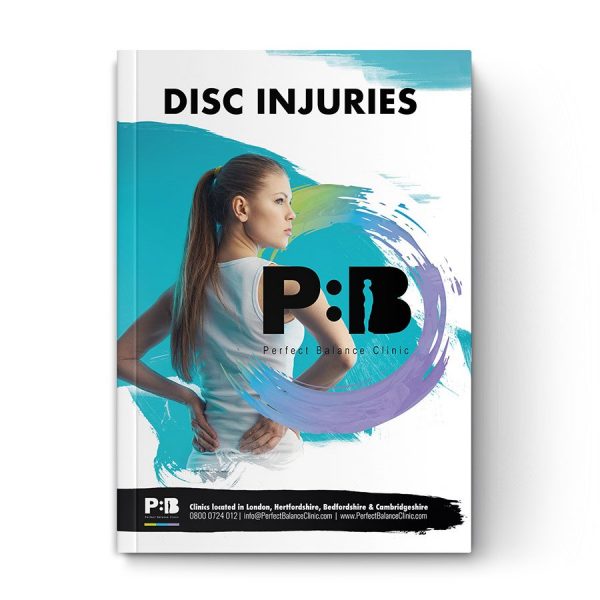What is the Lumbar Spine?
 The Lumbar Spine is the lower back. It has five intervertebral segments which are referred to as L1 (lumbar segment 1), L2, L3, L4, and L5. Each lumbar segment consists of:
The Lumbar Spine is the lower back. It has five intervertebral segments which are referred to as L1 (lumbar segment 1), L2, L3, L4, and L5. Each lumbar segment consists of:
- Two vertebrae separated by an intervertebral disc which allows flexibility and helps absorb shock
- Facet joints connect adjacent vertebrae which allow the spine to move in all directions
- Nerves that originate in the spinal column and pass-through holes in the lower spine and then join up to form the sciatic nerve that passes through the legs to the feet.
There are many conditions associated with the lumbar spine that can cause pain and disability. These include:
- Muscular strain the commonest cause of pain in the lower back is associated with muscle strain and or problems with the tendons. Generally, it occurs as a result of heavy lifting, bending, and repeated movements, often as the result of a sports injury. It usually disappears after a few days; however, the pain levels can be severe. Often the soft tissue surrounding the muscles becomes inflamed, and this can lead to spasms that can be particularly painful and make it difficult to move. Treatments include:
- Painkillers (analgesics) and anti-inflammatories
- Muscle relaxants
- Physical therapy including massage, ice packs and heat therapy
- Lumbar degenerative disc disease happens when the discs that provide a shock absorber effect for the vertebrae lose their sponginess as they lose their water content. The condition is associated with ageing, though it generally affects people aged under 50, and often much younger. With most people, the condition can be managed with physical therapy and exercise, though some may need surgery.
- Lumbar disc herniation This refers to a condition in which the inner part of the disc bulges out of the outer disc layer and applies pressure to the spinal nerve root located just above it. Generally, the pain radiates through the buttock and into the leg and can be severe and debilitating. This painful condition is often referred to as sciatica. Other symptoms include numbness and weakness in these areas. In severe cases, it can cause incontinence, a condition known as cauda equina syndrome which requires emergency hospital treatment. Usually, lumbar disc herniation is treated by:
- Painkillers (analgesics) and non-steroidal anti-inflammatories (NSAIDs)
- Oral steroids
- Corticosteroid injections
- Heat and ice treatments
- Physical therapies and exercise
- Surgery
- Spondylolisthesis is the term for a condition in which vertebra slips forward over the underlying vertebra. When the slipped vertebra puts pressure on the nerve root, pain can occur in the lower back and/or the buttock, leg, and foot (sciatic pain). Spondylolisthesis doesn’t always cause pain or other symptoms. Mild (or Grade 1) spondylolisthesis is diagnosed when the slippage is 25%, and Grade 4 when the complete vertebra has slipped. It is also possible for the vertebra to fall off completely. The main causes of the condition are:
- Congenital or dysplastic spondylolisthesis which often goes unnoticed until later in life.
- Isthmic spondylolisthesis is caused by a degenerative process generally triggered by injury.
- Age-related degeneration of the discs can result in facet damage so they become unable to control spine movement.
- Cervical spondylolisthesis can also occur.
The condition is generally treated by managing the pain through a combination of drugs and physical therapy designed to strengthen the muscles that support the spine. Pilates is often recommended.
- Sacroiliac joint dysfunction the sacroiliac joint connects the sacrum, the bone at the base of the spine, with the iliac crest of the pelvis. It has to work hard as it carries the full force between the upper body and the pelvis and legs. Although it has limited motion, it can become misaligned and when this happens it is likely to become inflamed and painful. Typical symptoms include lower back pain and sciatic pain in the buttock and leg. The condition is more common in women than in men. Treatments are typical:
- Physical therapy and exercise
- Anti-inflammatories and muscle relaxants
- Wearing a pelvic belt
- Steroid injections into the joint
- Osteoarthritis otherwise known as facet joint arthritis is generally a result of age-related degeneration. It happens when the facet joint cartilage wears down and bone spurs to form. This can result in inflammation and pressure on the nerves and concomitant pain and restricted motion. More common in post-menopausal women than it is in men, the condition is also exacerbated by excess weight, diabetes, gout, and rheumatoid arthritis. It is important to get a confirmed diagnosis of the condition as it can be mistaken for other problems. Typical non-surgical treatments include:
- Physical therapy and exercise
- Anti-inflammatories and muscle relaxants
- Pilates, Tai Chi, and Yoga
- Lumbar stenosis It is a condition in which the spinal canal through which the spinal nerves pass narrows and so exerts pressure on the nerves, resulting in pain. Generally, the narrowing is caused by the growth of bone spurs. Typical symptoms include sciatic pain in the legs which gets worse when you walk, weakness, tingling and numbness, and difficulty walking. Treatments include:
- Changing the way in which you get around, as pain is often reduced when you walk leaning forwards. This can be assisted by a walking aid such as a shopping cart.
- Physical therapy and exercise designed to prevent the condition from becoming debilitating.
- Anti-inflammatories
- Steroidal epidural injections
Finally
The lumbar spine is a complex structure and susceptible to a wide range of conditions that can cause pain and disability. Fortunately, most of these can be treated without surgery, though in some cases surgery is required. Most people over 30 have some kind of deterioration in their lumbar spine, even if they don’t experience any symptoms. It is important to take care of your back; learn how to move correctly, how to adopt the right posture, how to sit and stand, to keep fit, and to maintain a healthy weight. By maintaining the wellness of the lumbar spine most of these problems can be avoided.
For more information about Lumbar Spine
This article was written by our team of specialist therapists at Perfect Balance Clinic. If you would like more specific advice about how our team can help you with this condition or symptoms you may be having, please complete the contact form below and one of the team will get back to you shortly.








